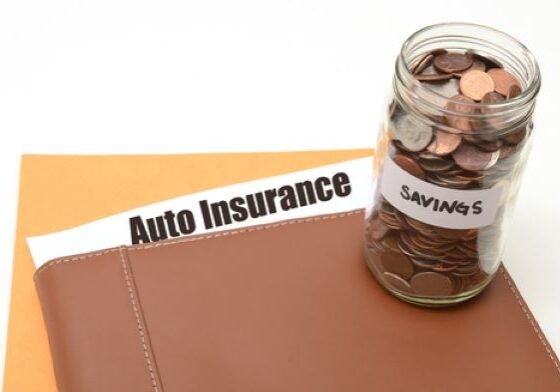In the labyrinth of insurance policies, one term that often crops up is “Gap Insurance.” But what exactly is it, and is it worth adding to your insurance portfolio? Let’s delve into the world of Gap Insurance to demystify its purpose, benefits, and whether it’s a prudent investment for you.
Understanding Gap Insurance:
Gap Insurance, formally known as Guaranteed Asset Protection, is a specialized insurance coverage designed to bridge the financial gap that can arise when the value of your vehicle depreciates faster than what you owe on your auto loan. In simpler terms, it serves as a safety net to cover the disparity between the actual cash value (ACV) of your car and the amount you still owe to your lender.
The Depreciation Dilemma:
New cars, the moment they roll off the dealership lot, start depreciating in value. While this is an inevitable reality of vehicle ownership, it can become a financial conundrum if your car is involved in an accident or stolen. Standard auto insurance typically covers the current market value of your car, which may fall short of the outstanding loan amount.
Here’s where Gap Insurance steps in. It ensures that you aren’t left holding the bag for the difference between the depreciated value of your car and the remaining balance on your loan, saving you from a potential financial pitfall.
Benefits of Gap Insurance:
- Financial Security in Total Loss Situations: In the unfortunate event of a total loss, where your car is beyond repair or is stolen, Gap Insurance covers the gap between the insurance payout and what you owe on your loan. This can be a significant relief, especially if you’re still making substantial payments on your vehicle.
- Lease and Loan Protection: Gap Insurance is not exclusive to those who have taken out a loan to purchase their vehicles. It is equally relevant for individuals who are leasing a car. In the event of a total loss, the insurance covers the difference between the insurance settlement and the outstanding lease balance.
- No Out-of-Pocket Expenses: Without Gap Insurance, you could find yourself in the unfortunate position of having to pay out of pocket for a car that you no longer possess. Gap Insurance helps you avoid this scenario by covering the financial gap.
Is Gap Insurance Worth It?
Now, the pivotal question: is Gap Insurance a worthwhile investment? The answer depends on various factors, including your financial situation, the type of vehicle you own, and the terms of your auto loan or lease.
Consider the following scenarios where Gap Insurance might be particularly beneficial:
- High Depreciation Vehicles: If you drive a vehicle that depreciates rapidly, such as luxury cars or certain models with high initial value drops, Gap Insurance becomes more valuable.
- Low Down Payments: If you made a minimal down payment on your car, you’re at a higher risk of owing more on the loan than the depreciated value of the vehicle.
- Extended Loan Terms: If your auto loan has a long-term, the chances of owing more than the depreciated value of the car are higher, especially in the initial years of the loan.
- Leased Vehicles: For those who lease a vehicle, Gap Insurance is often a recommended addition, as it protects against potential financial gaps when returning a leased car.
Conclusion:
In the intricate landscape of auto insurance, Gap Insurance emerges as a valuable safeguard against the financial pitfalls of vehicle depreciation. Whether it’s worth buying depends on your individual circumstances and the specifics of your car purchase or lease. Take the time to assess your financial situation, the depreciation rate of your vehicle, and the terms of your loan or lease agreement to determine if Gap Insurance is a prudent addition to your insurance portfolio. While it may represent an additional cost, the peace of mind it provides in times of crisis can outweigh the expenses, making it a worthy consideration for many car owners.



